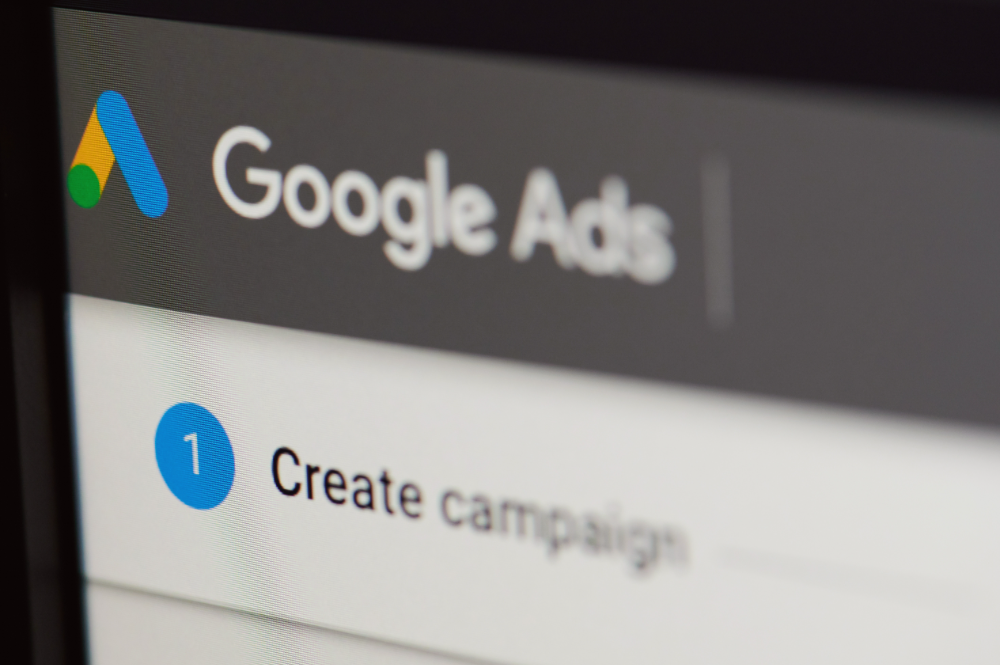Step-by-Step Guide to Launching a Successful Paid Search Campaign
How do I set up a Google Ads campaign? Embarking on a Google Ads campaign is not just a step; it’s revolutionising your digital marketing efforts. This platform has the power to amplify your visibility and draw in more targeted traffic to your website. By embracing these comprehensive steps, you’re not just crafting a PPC (pay-per-click) campaign but potentially exceeding your expectations and opening doors to new possibilities.
Understanding Your Goals and Audience
Before diving into the Google Ads platform, defining your advertising goals is crucial. Are you aiming to increase brand awareness, generate leads, or drive sales? Understanding these objectives will guide your campaign structure and targeting decisions. Similarly, identifying your target audience is essential. Consider factors like demographics, interests, and online behaviours to effectively tailor your ad content and placement strategies.
Setting Up Your Google Ads Account
If you’re new to Google Ads, create an account at ads.google.com. Follow the on-screen prompts to set up your first campaign. Depending on your goals, you’ll need to choose a campaign type—be it search engine advertising, display advertising, or video ads.
Keyword Research and Selection
Keyword advertising is at the heart of search engine advertising. Use tools like Google Keyword Planner to find relevant product or service keywords. Focus on keywords your potential customers will likely use when searching online. Select a mix of broad, exact match, and long-tail keywords to balance reach and specificity.
Creating Compelling Ad Content
Your ads need to capture attention and motivate clicks. Write clear, concise ad copy that includes a strong call to action. Use benefits and unique selling points to stand out. For display and video ads, ensure the visuals are appealing and align with your brand.
Setting Budgets and Bids
Determine your daily or campaign budget based on your marketing objectives and the competitive maximise. Google Ads offers automated bidding strategies like cost-per-click (CPC), which can help maximise your return on investment. Start with a conservative budget, and adjust as you gather performance data.
Optimising and Managing Your Campaign
Once your campaign is optimised, monitor its performance. Use Google Ads’ analytics to make informed decisions on optimising your campaign. Look for opportunities to refine your keywords, ad copy, and targeting settings. Regularly test and adjust your bids and budgets to improve your campaign’s cost-effectiveness.
Advanced Strategies: Retargeting and Programmatic Advertising
Consider using advanced techniques like retargeting ads to reach users who have previously interacted with your site but did not convert. Programmatic advertising can also be leveraged to automate the buying and placement of ads across a vast network of websites, targeting specific user profiles more efficiently.
By following these steps, you’re not just setting up an optimised campaign but a journey towards reaching and exceeding your marketing goals. With continuous learning and optimisation, your campaign will not just drive targeted traffic; it will contribute to your business’s growth. This process is not a one-time event; it’s a continuous cycle of improvement that will keep your campaign on the path to success.


